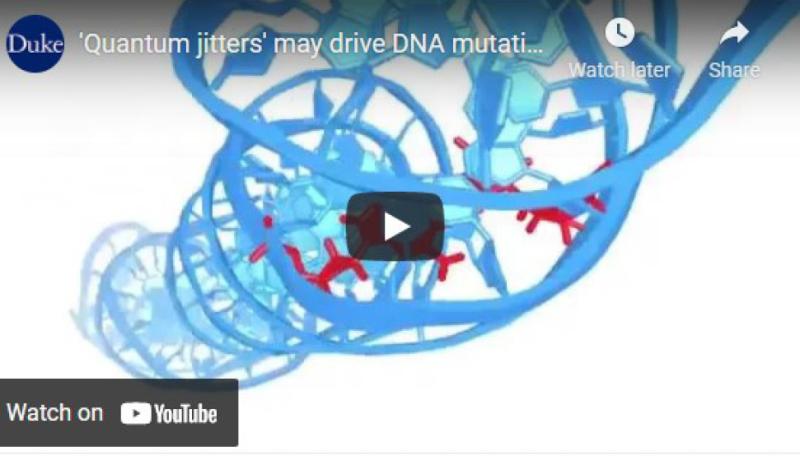
The molecular machines that copy DNA in a living cell are amazingly fast and accurate at pairing up the correct bases—G with C and A with T—into each new double helix.
They work by recognizing the shape of the right base pair combinations, and discarding those—such as a G and a T—that don’t fit together correctly. Yet for approximately every 10,000 to 100,000 bases copied, these machines make a mistake that if uncorrected will be immortalized in the genome as a mutation.
For decades, researchers have wondered how these seemingly random errors are made. Some hypothesized that DNA bases can change shapes, transiently morphing into alternative states to trick the replication machinery into incorporating the wrong base pairs into the DNA. But no one has ever caught these tiny shape-shifters in action.
Now, Duke University researchers have witnessed DNA bases making the slightest of changes—shifting a single atom from one spot to another or simply getting rid of it altogether—to temporarily mimic the shape of a different base. These "quantum jitters” are exceedingly rare and only flicker into existence for a thousandth of a second, and yet have far-reaching consequences.
The study, which appears March 12 journal Nature, indicates that these jitters appear at about the same frequency that the DNA copying machinery makes mistakes, which might make them the basis of random genetic changes that drive evolution and diseases like cancer. Read more